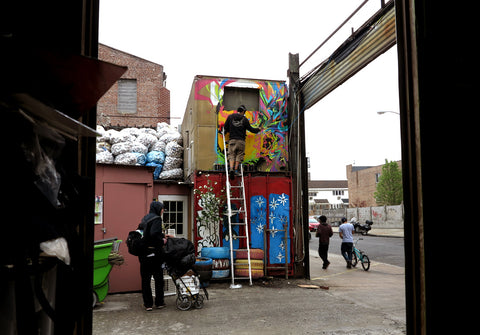Greg Gossel makes his Chicago debut with "Superficial!"
 We're very excited to have Greg Gossel coming to Chicago for his solo show Superficial! Greg is partnering with 1xRun for a special hand-printed series. 1xRun will be releasing 21 of the edition and we will have 11 of the edition. Contact us if you would like a preview of the edition. The show at our gallery will also feature over 30 new original works on canvas, wood, and paper.
We're very excited to have Greg Gossel coming to Chicago for his solo show Superficial! Greg is partnering with 1xRun for a special hand-printed series. 1xRun will be releasing 21 of the edition and we will have 11 of the edition. Contact us if you would like a preview of the edition. The show at our gallery will also feature over 30 new original works on canvas, wood, and paper.
I have to agree with Greg to his reaction to the work for the show: POW!
Click here to read the full interview at 1xRun.
Click here to purchase a work from the hand-painted series Superficial!















